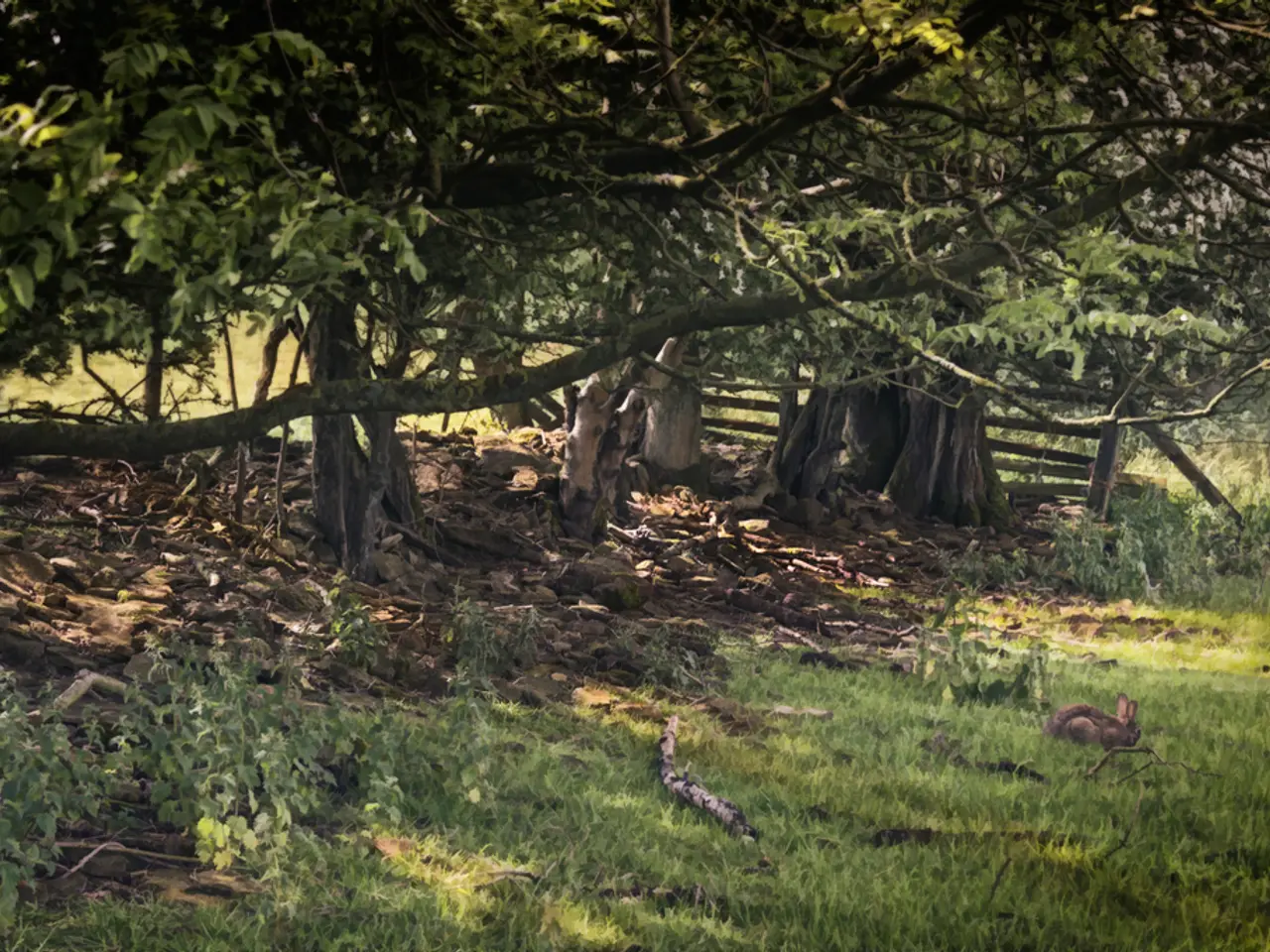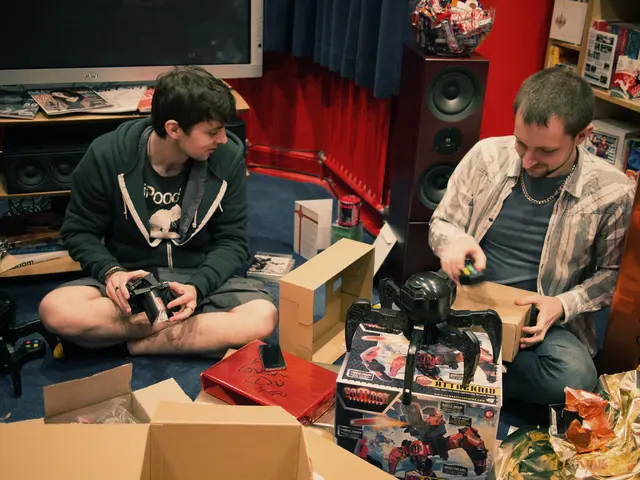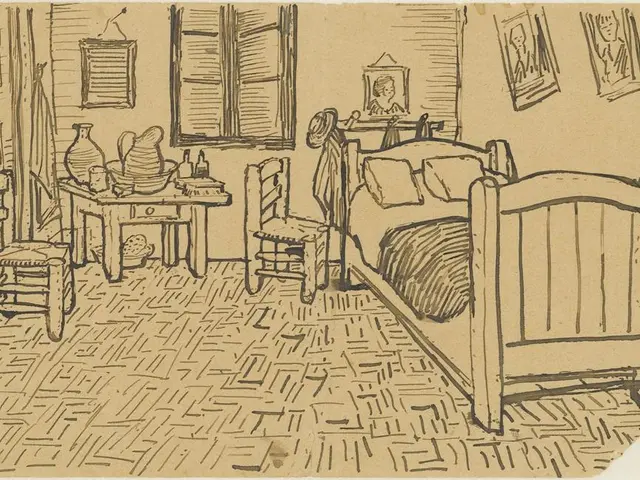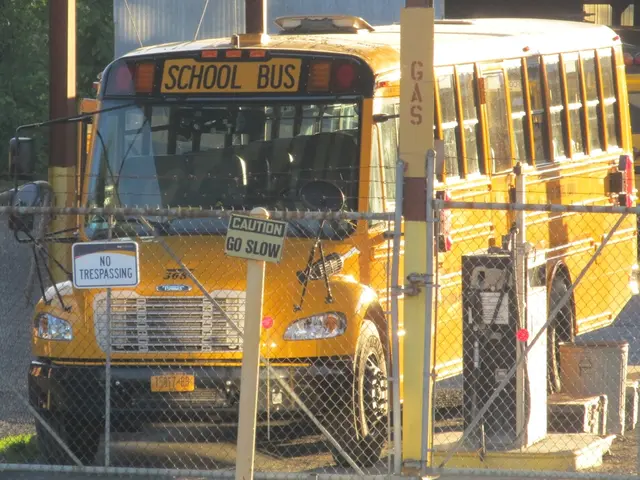Planting Seeds in January: Essential Guides for a Blooming Spring Garden
January may seem like an unlikely time for gardening, but it presents a unique opportunity to prepare for a flourishing spring. Here are some expert tips for growing sweet peas, blueberries, and other plants during the cooler early-year conditions.
In zones 7 and warmer, sweet peas can be planted in the fall to overwinter them. For zones 5-7, seeds can be started indoors as early as January or February, while colder regions should begin indoors around February or March, transplanting outdoors when the soil thaws. To improve germination rates, soak the seeds for 24 hours before planting.
Deep containers or the winter sowing technique, using clear plastic containers placed outdoors in early February, are ideal for starting seeds indoors. Maintain germination temperatures around 50-55°F (10-13°C). After germination, sweet peas grow best between 35-50°F (2-10°C), and they tolerate night temperatures down to the 20s°F (-6°C) without harm.
Sweet peas prefer well-drained, fertile soil rich in organic matter or compost. Raised beds can help if your soil is prone to wetness in early spring. Full sun is ideal, but provide some afternoon shade if temperatures climb too high later in the season.
When transplanting outdoors, harden off seedlings before transplanting and plant them outdoors when nighttime temperatures consistently stay above 20°F (-6°C). Space plants 4-6 inches apart to encourage vigorous growth and a lush, wild appearance. Provide strong support such as a trellis, netting, or fencing for climbing.
By following these guidelines, you can cultivate healthy, flowering sweet peas ready to brighten your garden in spring.
Blueberries, on the other hand, thrive in acidic soil. To grow them in pots, use ericaceous compost and add grit for drainage. In winter, old or damaged wood should be removed from blueberry plants, and the base should be mulched with pine needles to add further acid to the soil.
January is also an ideal time to plant trees and shrubs, as bareroot season is in full swing. Perennials, however, generally do better if they can start growing immediately, so it's best to avoid planting them in January.
Growing greens indoors is another possibility during the colder months. A windowsill can create a micro-climate for quick-growing herbs and salads like parsley, coriander, rockets, mustards, radishes, and winter salad mixes.
Lastly, planting a hedge can add structure to the garden and provide habitat for wildlife. Benjamin Pope, head gardener, and Aaron Bertelsen, vegetable gardener and cook, suggest that January is a good time to plant onions, broad beans, and sweet peas in the garden.
For more gardening tips, consider subscribing to a garden magazine for advice on maintaining a year-round perfect garden, winter-flowering plants, and top winter walks in gardens. Happy gardening!
- In regions with warmer winter climates, sweet peas can be planted in the fall to overwinter them, while colder regions should consider starting seeds indoors during January or February.
- Blueberry plants thrive in acidic soil and can be cultivated in pots using ericaceous compost and grit for drainage, with old or damaged wood being removed in winter and the base being mulched with pine needles for acidity.
- January is an ideal time for planting trees and shrubs, but perennials are usually best planted once they can begin growing immediately.
- Indoor gardening is possible during colder months by growing quick-growing herbs and salads on a windowsill, and a hedge can be planted in January to add structure to the garden and provide habitat for wildlife.





